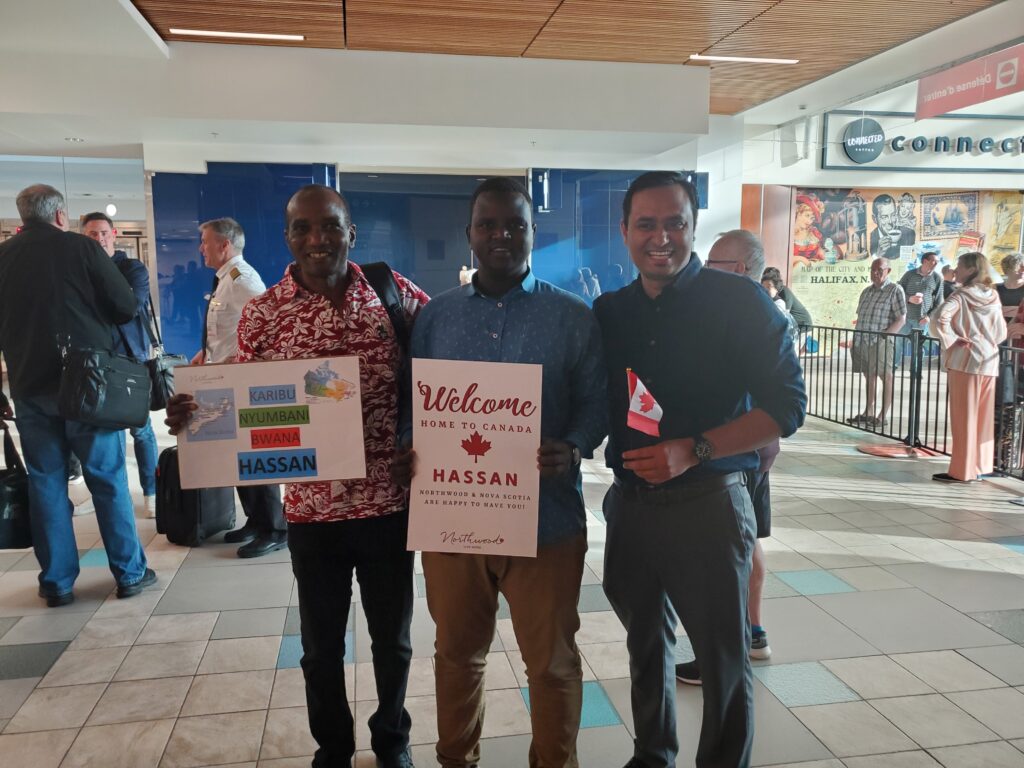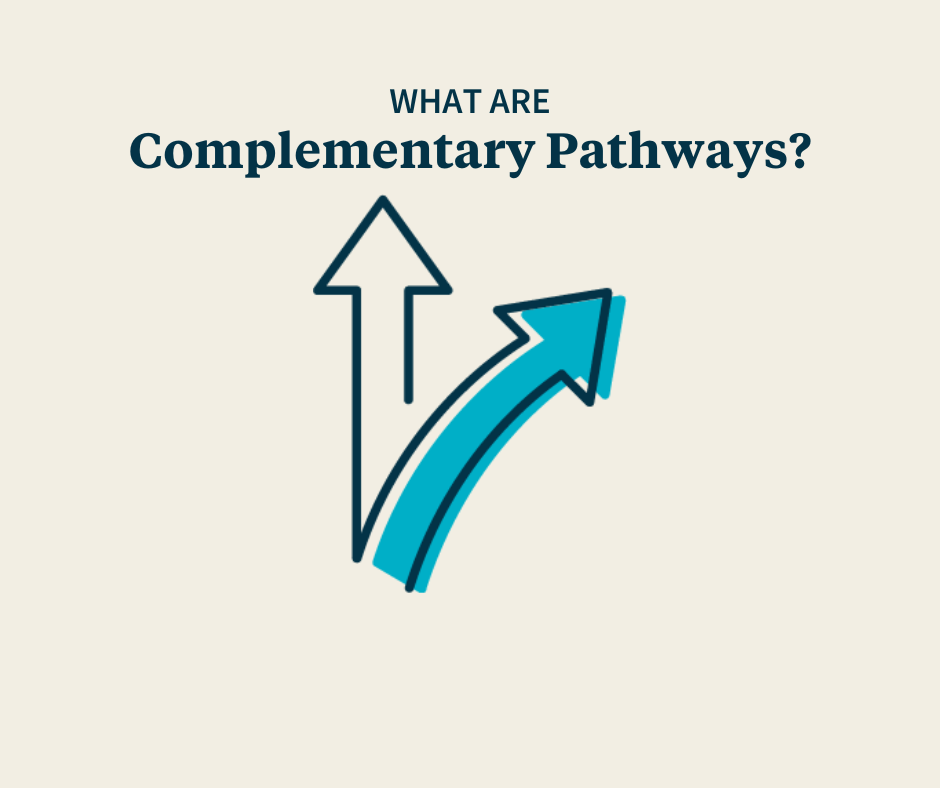Unfortunately, many refugees can’t go home and can’t safely stay in the country to which they have fled. We help these people relocate to a safe, new country so that they can begin to rebuild their lives. Of the millions of refugees in need of resettlement each year, many are eligible for a variety of other pathways to safety (often referred to collectively as “complementary pathways” to resettlement), including family reunification, labor mobility, education, private sponsorship, and humanitarian pathways. In recent years, RefugePoint has been a global leader in developing new programs to help refugees access these complimentary pathways.
Currently, there are five main types of complementary pathways for refugees:
- Family reunification
- Labor mobility
- Education
- Private sponsorship
- Humanitarian pathways
Family Reunification
Refugees fleeing their home countries are often separated from family and loved ones along the way, sometimes never reuniting again. Those lucky enough to trace the whereabouts of lost family members often remain separated by international borders, restrictive immigration laws, and immigration processes and requirements that are complex and costly. As a result, countless refugees, discouraged by the enormous hurdles preventing reunification, decide to move on with the assistance of smugglers, often risking human trafficking, violence, detention, and possibly death. Family unity is a fundamental human right. Family reunification pathways provide safe, legal options for refugees to realize their rights to be reunited with family members. Learn more about family reunification for refugees.
Labor Mobility
Around the world, many thousands of refugees have the skills and experience to meet workforce needs in other countries. They may be eligible to apply for jobs that would allow them to relocate to safe, new countries and begin to rebuild their lives. Due to policy and logistical hurdles, however, these work visa pathways are generally unavailable to refugees. Labor mobility offers a safe and regulated avenue through which qualified refugees can enter or stay in another country to work, providing them with the right to either permanent or temporary residence. Learn more about refugee-centered labor mobility and about the global refugee labour mobility summit.

Private Sponsorship Pathways
Private sponsorship programs are initiated by individuals, community groups, or organizations who support the refugee resettlement process. Unlike traditional resettlement, these pathways do not require UNHCR referral, and sponsors actively support refugees financially, emotionally, and socially. The United States’ new Welcome Corps program is an example of a private sponsorship pathway. Private sponsorship initiatives foster a sense of ownership and empowerment among both sponsors and refugees, demonstrating the power of community-driven humanitarian efforts.
Education Pathways
Education pathways offer refugees opportunities for higher education or vocational training in a safe third country. These pathways are not solely protection-based but are instrumental in increasing refugees’ self-reliance and agency. Education equips refugees with the tools to rebuild their lives and contribute positively to both their own well-being and the development of their communities. Learn more about enabling refugee youth to access education.
Humanitarian Pathways
Humanitarian pathways afford refugees with the opportunity to relocate to third countries for urgent cases where immediate protection is required. Often expedited, these pathways are protection-based and issued at the discretion of the destination country. Admitted individuals may be eligible for asylum or other forms of permanent status after their arrival. Humanitarian pathways can also facilitate family reunification in critical situations, exemplifying a compassionate and swift response to the needs of vulnerable refugees.
Complementary pathways for refugees represent a multifaceted and dynamic approach to addressing the global refugee crisis.
